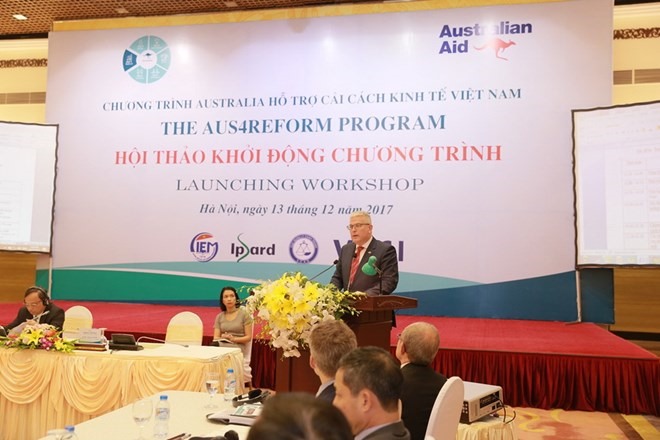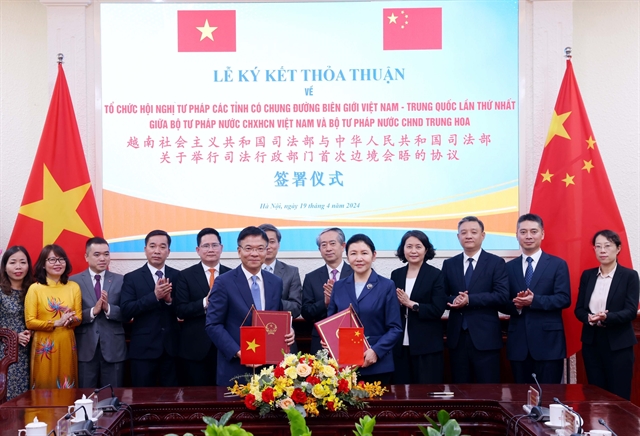 Society
Society

An Australian-funded programme called Aus4Reform was officially launched Wednesday to boost the productivity and competitiveness of Việt Nam’s economy.
 |
| An Australian-funded programme called Aus4Reform was officially launched Wednesday to boost the productivity and competitiveness of Việt Nam’s economy.– Photo Australian Embassy |
HÀ NÔI – An Australian-funded programme called Aus4Reform was officially launched Wednesday to boost the productivity and competitiveness of Việt
The programme, worth A$6.5 million (about US$4.9 million), will support the Vietnamese Government to achieve its targets for improving the business environment and moving Việt
Aus4Reform is built on the reform momentum achieved through previous Australian-supported programmes, including “Beyond WTO” and “Restructuring for a more Competitive Việt
Speaking at the programme-launching workshop held Wednesday in Hà Nội by the Australian Embassy and Việt
The four-year programme will run until 2021. It aims to help the country register 1 million new formal private enterprises by 2020, increase the percentage of women-led enterprises, accelerate the growth in private sector employment, strengthen property rights, develop more competitive factor markets and improve enforcement of competition policy, facilitating
The programme will also promote the gathering of evidence to understand the link between supporting women’s economic empowerment and accelerating productivity growth, especially in rural areas, to strengthen Vietnamese Government reform initiatives.
The project will also build linkages between Australian and Vietnamese institutions to share expertise and experiences.
Deputy Minister of Planning and Investment Nguyễn Văn Hiếu said that “after 30 years of implementing economic reform, Việt
“Aus4Reform, with much practical content, will help to accelerate the economic reform”, Hiếu said.
According to Dr. Nguyễn Đình Cung, president of the Central Institute for Economic Management, Việt
If the GDP growth rate remains the same, it will be difficult to narrow the development gap with other countries in the region, Cung said.
“The GDP growth has been increasingly dependent on labour productivity growth. But Việt
The country needed to increase productivity growth by at least 6 per cent a year to reach the target of 7 per cent annual economic growth, he said.
According to the expert, the low level of market development is keeping growth down.
There has been no real and fair market competition to become the driving force for innovation and creativity, improve efficiency of enterprises and strengthen the economy overall.
The basic solutions are to build and develop all kinds of markets, increase the scale and level of market competition and ensure fair and equitable competition, the expert said.
In the workshop, Australian economic experts shared experiences of
To enhance labour productivity, structural reforms are needed to shift resources into more productive areas, said Raymond Mallon, a senior policy adviser.
Reforms should include efforts to enhance competition to promote innovation, regulatory reform to improve allocative efficiency, plans to use public resources more effectively, work to build pro-productivity institutions and initiatives to reduce gender gaps and increase labour force participation, he suggested. — VNS



.jpg)





